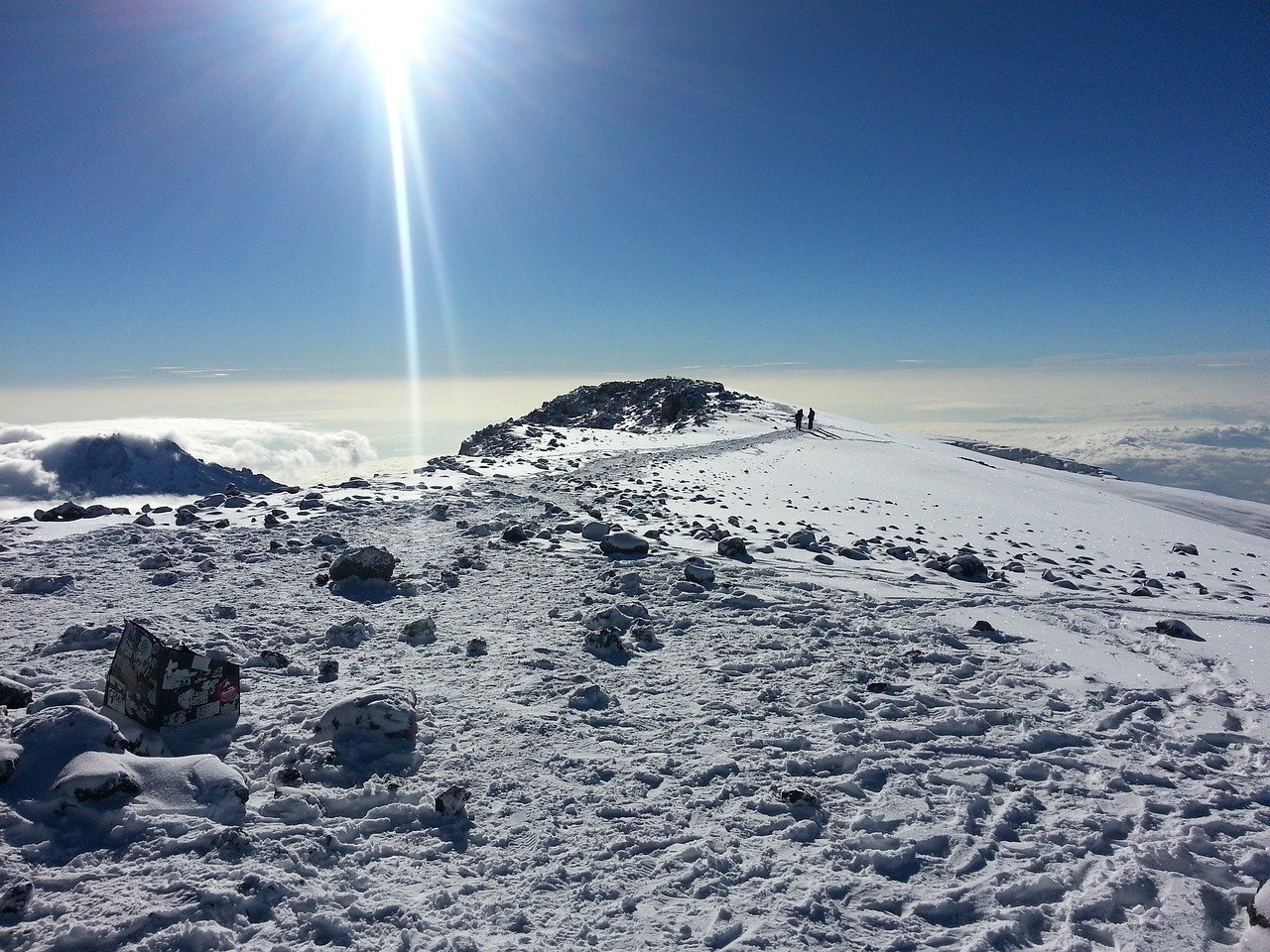Understanding Altitude Sickness:
Altitude sickness is a common hurdle that climbers face when ascending high mountains like Kilimanjaro.
It’s caused by the reduced oxygen levels at higher altitudes, making it harder for our bodies to get the
oxygen they need.
The symptoms can range from mild discomfort to severe complications, and being aware of them is crucial
for a successful climb.
The Effects of Altitude:
As you climb higher on Kilimanjaro, the air becomes thinner, and the amount of oxygen decreases.

Altitude sickness usually starts to show itself at elevations above 8,000 feet (2,400 meters). Some of the common symptoms include headaches, dizziness, nausea, and trouble sleeping.
These signs can impact anyone, regardless of age or fitness level.
Acclimatization: A Key Strategy: One way to combat altitude sickness is through acclimatization. This involves taking it slow and giving your body time to adjust to the changes in altitude.
Guides on Kilimanjaro often plan rest days during the climb to allow climbers to acclimate, helping to reduce the risk of altitude-related issues.
Staying Hydrated and Nourished: Dehydration can worsen altitude sickness, so it’s crucial to stay well-hydrated throughout the climb.
Drinking plenty of water helps your body cope with the challenges of higher altitudes. Additionally, maintaining a balanced diet provides the energy needed for the physical exertion of the climb.
Recognizing the Signs: It’s essential to pay attention to your body and communicate openly with your guides.
If you experience symptoms of altitude sickness, it’s crucial to inform your guides immediately. They are trained to assess the situation and make decisions that prioritize your safety.
Descending when Necessary: Sometimes the best way to address altitude sickness is to descend to a lower elevation.
This can be a tough decision, especially when you’re close to reaching the summit, but your well-being is the top priority. Guides are experienced in making these calls and ensuring the safety of climbers.
Preventing Altitude Sickness: A Team Effort:
Climbing Kilimanjaro is a team effort. Guides play a crucial role in monitoring climbers for signs of altitude sickness, and climbers must communicate openly about how they’re feeling.
This shared responsibility helps create a safe and supportive environment for everyone on the journey.
Conclusion: Altitude sickness is a challenge that comes with climbing high mountains like Kilimanjaro, but with awareness, acclimatization, and open communication, it can be managed.
By prioritizing safety and well-being, climbers can increase their chances of reaching the summit while enjoying a memorable and fulfilling adventure on Africa’s
CONTACT US NOW
